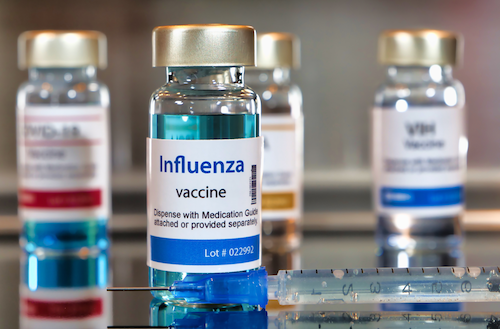September 4, 2024- Respiratory season is almost upon us, and with it, tests, doctor visits and vaccines. Though the targeted strains of flu vaccine change every year, the way those vaccines are produced and sold do not. But that might be changing.
Every respiratory season has the public health community atwitter about eggs. That’s because the most common method used to produce each year’s seasonal flu vaccine involves a laborious, time-consuming process, according to the National Institute of Allergy and Infectious Diseases (NIAID). Scientists select vaccine strains months in advance of the upcoming flu season and then grow the selected flu virus strains in chicken eggs. Sometimes an existing but unexpected flu strain becomes prevalent during flu season, making the vaccine a poor match to the circulating strains.
Providing protection against the H5N1 bird flu virus may lead to further complications, as it will call for more eggs. Many of them. The Administration for Strategic Preparedness and Response of the U.S. Department of Health and Human Services reports that officials are moving forward with a plan to produce 4.8 million doses of H5N1 avian flu vaccine for pandemic preparedness.
Despite its drawbacks, the egg-based influenza vaccine remains by far the market leader. It’s a known entity and it’s effective. But following the development of mRNA-based COVID vaccines from Pfizer and Moderna, the federal government, public health officials and pharmaceutical companies are exploring a variety of options, including mRNA for influenza vaccine and vaccine produced in mammalian and insect cell lines that don’t pose the same risks as egg-based shots (e.g., allergic reactions).
Read More in the latest issue of Repertoire Magazine.
